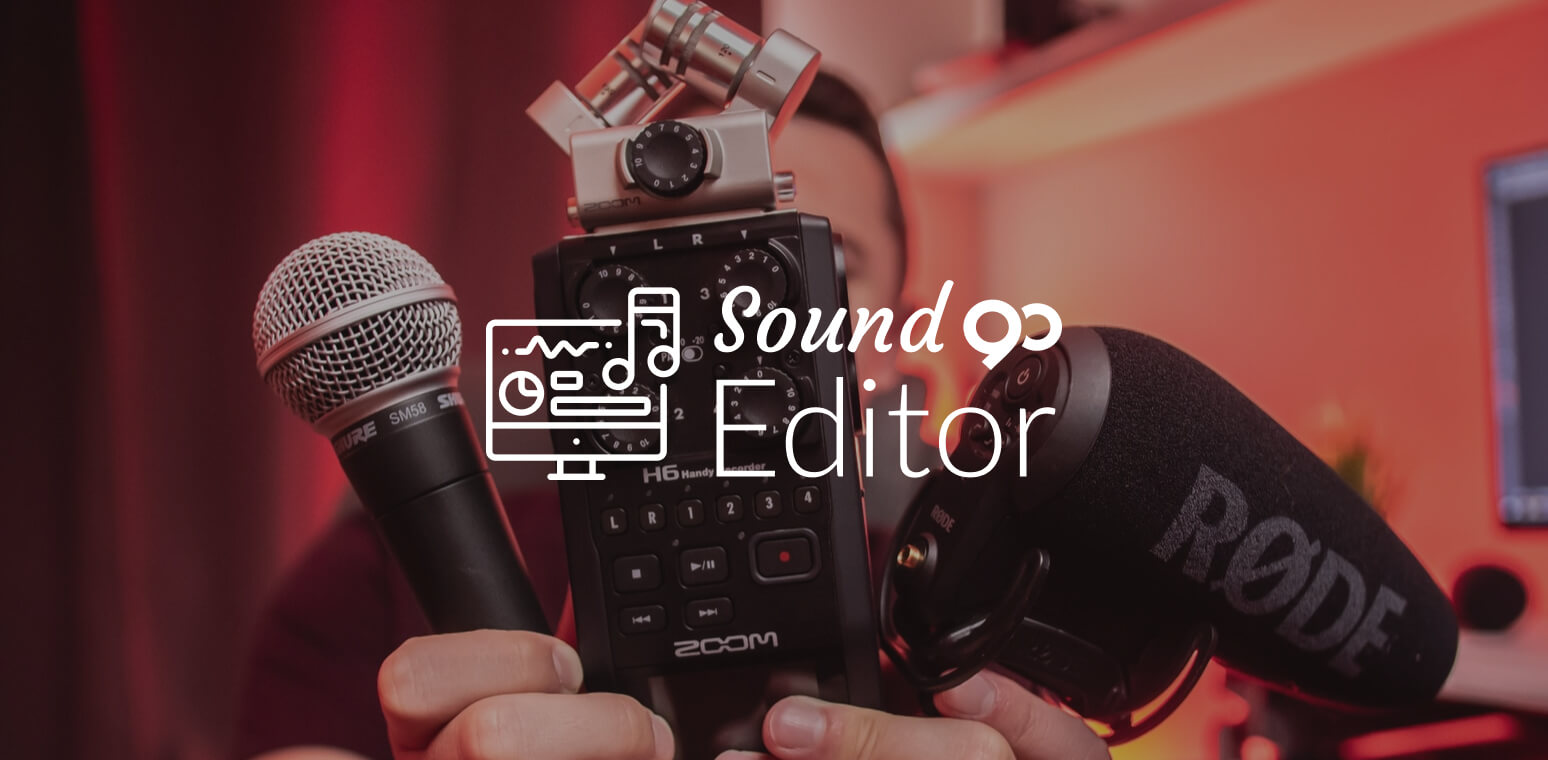Hi,
Get in touch with us today to chat about your next project.

The sound editor is the creative genius behind a video production’s selected sound. The final sound assortments play an artful role in calibrating the sound to the visual production.
Depending on the scope of the production, some sounds are real-life captured on location. Other sounds are prerecorded and re-reenacted in the studio.
Like the past, today some sounds are synthesized to create the desired sound effect. Sounds help to tie the viewer’s consciousness to what’s happening on the screen.
The job entails knowing how to integrate the sound and control the volume to get the desired results. Mastering sounds is a remarkable task that’s recognized and awarded in the industry.
The sound editor’s position actually developed over time to trigger the human senses. Today’s technology has heightened this artistic performance using automated or computerized audio effects. There are three pieces that make up the final sound for a production.
The first is a dialogue, second are sound effects and the third is music. It’s not unusual to have a sound editor specialize in one or all of these segments – it all depends on the production.
The sound editor’s main role is to work with the production director. First responsibility is to make sure the dialogue sound flows according to the director’s vision. The final sound mix includes the background sounds, sound effects and the music.
The biggest challenges for the sound editor are the work and preview schedules. The director will not preview the production without a full soundtrack. Both the director and the editor know the final production soundtrack is a work sample.
The reason – it’s not unusual to tweak the preview soundtrack before final release.
Think about how we watch videos. If you mute the sound or the sound doesn’t mix with the screen presentation – the viewer’s attention is lost. The sound makes the dialogue easy to understand and it holds the viewer’s attention, while engaging the senses.
Secondary roles involve the actual editing of the sound. Before technology, sound editing was done with magnetic tape. Editors basically cut the tap to remove audio segments, splicing the tape back together again.
Today, computers allow editors to clean up the dialogue more easily because the sound is usually recorded with a digital audio recorder. The sound editor synchronizes the edited audio effects with the video production.
Finally, the sound editor removes any background noise or unwanted sounds from the track.